
Many bird lovers visit pet stores or hardware stores to purchase specialty bird seed mixes to attract specific types of birds. They buy cardinal food to attract cardinals and special finch food to lure finches. People understand that certain birds like particular types of food, but what most don't know is that the food a bird prefers has a lot to do with its bill (also referred to as a bird's beak).
The bill is one of the most significant and defining characteristics of a bird's appearance. Like feathers, bills are unique to birds, and their shape and size are often used by bird watchers to identify them. The bill serves a number of purposes, from communicating and cleaning to mating and gathering nesting materials. More importantly, it's a highly useful tool used to accomplish a bird's most important function -- feeding.
Birds use their bills as dinner utensils to crush, crack and snap shells off of seeds. They chisel, peck, poke and drill tree bark for insects, and they sip, suck and probe flowers for nectar. The kind of bill a bird has usually allows it to utilize a particular food source and is a very good clue to its diet. Many birds have a specialized bill which limits the food it can eat. That's why specialty mixes exist. Mixes like Wild Delight's Cardinal Food contain premium nuts and seeds that cardinals' bills were designed for.
Birds' bills come in a wide variety of shapes and sizes. Conical bills, like those found on cardinals, finches and grosbeaks, are thick and sturdy -- great for cracking and shelling seeds like Nyjer and safflower seeds. In fact, these birds have bills that are strong enough to crack seeds as hard as cherry pits. However, not all conical bills are the same.
Some are more slender, as on the goldfinch and pine siskin, which allows them to probe deep to extract seeds. Crossbills have the most specialized bill of all the finches. Their "crossed-over" bill allows these birds to remove seeds from cones, pry bark from trees to uncover hidden insects and split open fruit to extract the seeds. In fact, the red- and white-winged crossbills are the only two birds in North America to have crossed bills.
Other birds such as woodpeckers have strong bills that taper to a tip and are ideal for chiseling through wood for insects or sap. The downy woodpecker has bristles around its bill, protecting its nostrils from sawdust, while the yellow-bellied sapsucker drills holes in trees to access the internal river of sap. Besides insects and sap, woodpeckers prefer fruit and tree seeds. Specialty mixes like Wild Delight's Woodpecker, Nuthatch and Chickadee Food contain real fruits such as cranberries, apples and juniper berries, and a premium blend of hulled seeds that are great for woodpeckers as well as chickadees and nuthatches.
Birds like warblers have thin, slender beaks to pick insects off of leaves, twigs and bark. Tiny bills, like those on black-capped chickadees, are able to get into small places to eat insects that are hiding. Chickadees also open seeds by jamming them into tree crevices and then hammering the seeds with their bills. They even break open seeds by holding them in their feet, pecking their bills against them.
Generally, birds are quite practical. They will choose the best food available within the limits of their bill size and shape. Waste-free mixes like Wild Delight's Deck Porch N' Patio contain seeds that are already shelled, making it a great choice for feeders because birds with a variety of bill sizes and shapes can eat it -- and it keeps outdoor living areas free from shells and leftovers.
Birds' bills come in all shapes and sizes, just like the birds themselves. In one way or another, what they eat simply depends on what they can eat. By providing food like specialty mixes that are made to include nuts and seeds that fit the bill, bird enthusiasts can better attract and enjoy their favorite outdoor pets.
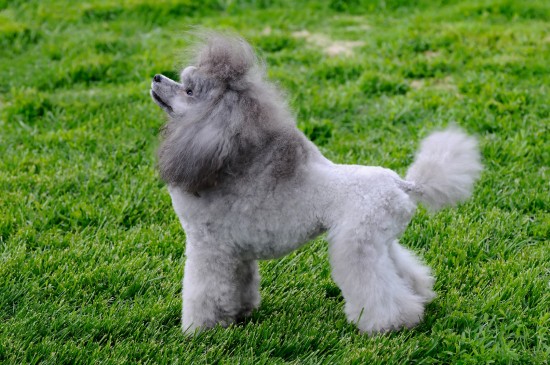 Choosing A Clip For Your Pet Poodle
Choosing A Clip For Your Pet Poodle
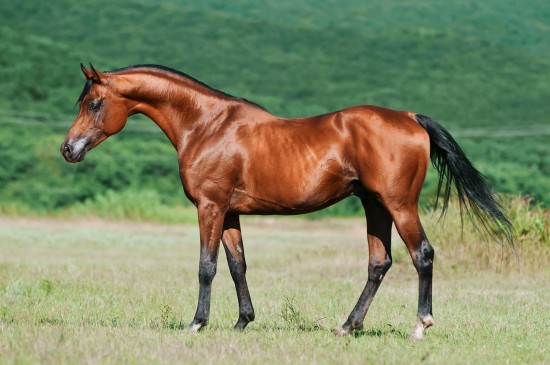 The Three Sires That All Thoroughbreds Share
The Three Sires That All Thoroughbreds Share
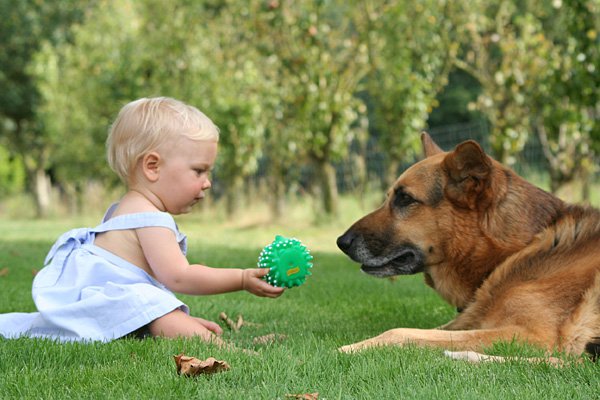 Expert Veterinarians for your lovely pets in Port Coquitlam
Expert Veterinarians for your lovely pets in Port Coquitlam
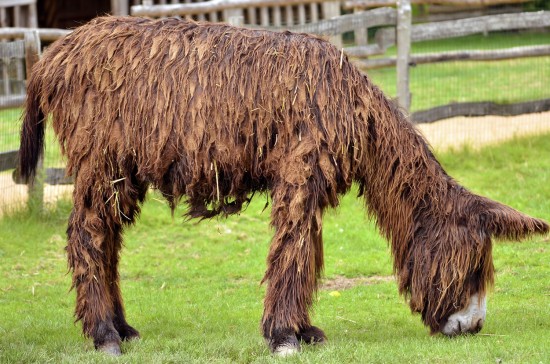 The Poitou Donkey - The Biggest Breed In The World
The Poitou Donkey - The Biggest Breed In The World
 Things You Need To Know Before Building a Custom Made Chicken Coop
Things You Need To Know Before Building a Custom Made Chicken Coop
 Ten Golden Rules To Follow When Feeding Your Dog
Ten Golden Rules To Follow When Feeding Your Dog
 Canine Degenerative Myelopathy
Canine Degenerati
Canine Degenerative Myelopathy
Canine Degenerati
 Five Ways That Many Dog Owners Inadvertently Do Their Dogs A Disservice
Five Ways That Ma
Five Ways That Many Dog Owners Inadvertently Do Their Dogs A Disservice
Five Ways That Ma
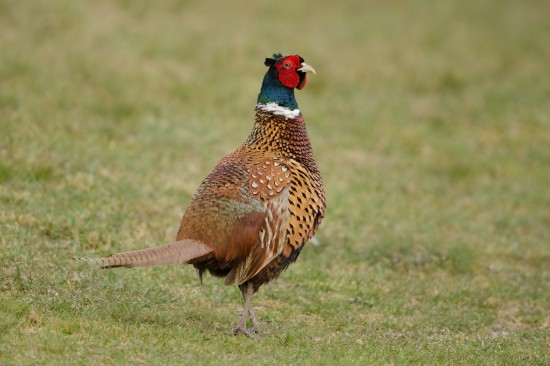 Breeds Of Pheasant
Breeds Of Pheasan
Breeds Of Pheasant
Breeds Of Pheasan
 Coccidia In Dogs
Coccidia In Dogs
Coccidia In Dogs
Coccidia In Dogs
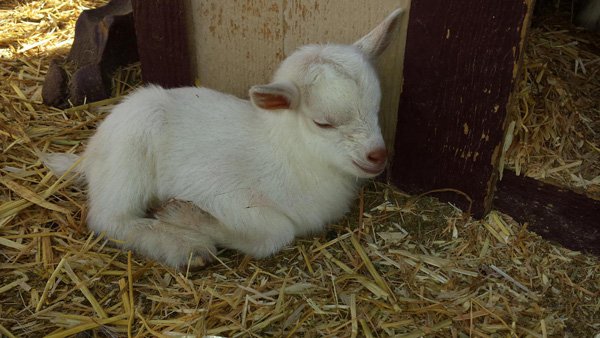 Finding The Right Dog Bed For Your Furry Friend
Finding The Right Dog Bed For Your Furry Friend
Finding The Right Dog Bed For Your Furry Friend
Finding The Right Dog Bed For Your Furry Friend
Copyright © 2005-2016 Pet Information All Rights Reserved
Contact us: www162date@outlook.com